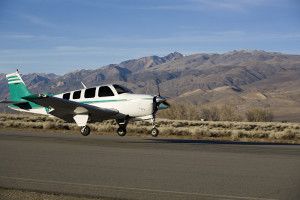
“Runway Safety Through Stabilized Approaches”
“Maintain a Stabilized Approach!” Have you heard these words before? It’s a critical, life-saving way to approach every flight.
There are several criteria, but generally, a pilot is flying a stabilized approach when he or she establishes and maintains a constant angle glidepath towards a predetermined point on the landing runway. Every runway is unique, but a commonly referenced glidepath follows the “3:1” principle. That is, for every 3 nautical miles flown over the ground, you should descend 1,000 feet. This simulates a standard 3-degree glideslope. Data shows that the further out from the runway threshold you establish a stabilized approach, the lower your risk of loss of control, wrong surface landings, or runway excursions.
Tips for Staying Stable:
- If it’s not right, GO-AROUND! Execute a timely go-around decision when a stabilized approach cannot be made, or for any other condition that may result in an unsafe approach or landing.
- The further from the runway that you establish a “3:1” flight path profile, the greater your probability of successfully flying a stable approach.
- NOTE: Every runway is unique and the published glidepath should be flown when available.
- A method to estimate the appropriate descent rate in feet/minute to maintain a 3-degree glidepath is to multiply the groundspeed in knots by 5.
- When available, use a visual approach system such as a VASI or PAPI, or precision instrument approach to help maintain glidepath.
- Increase your knowledge on stabilized approaches.
Some resources include:



